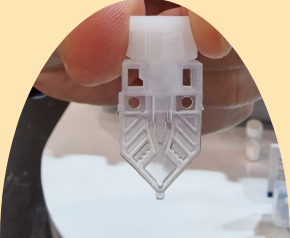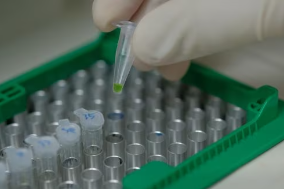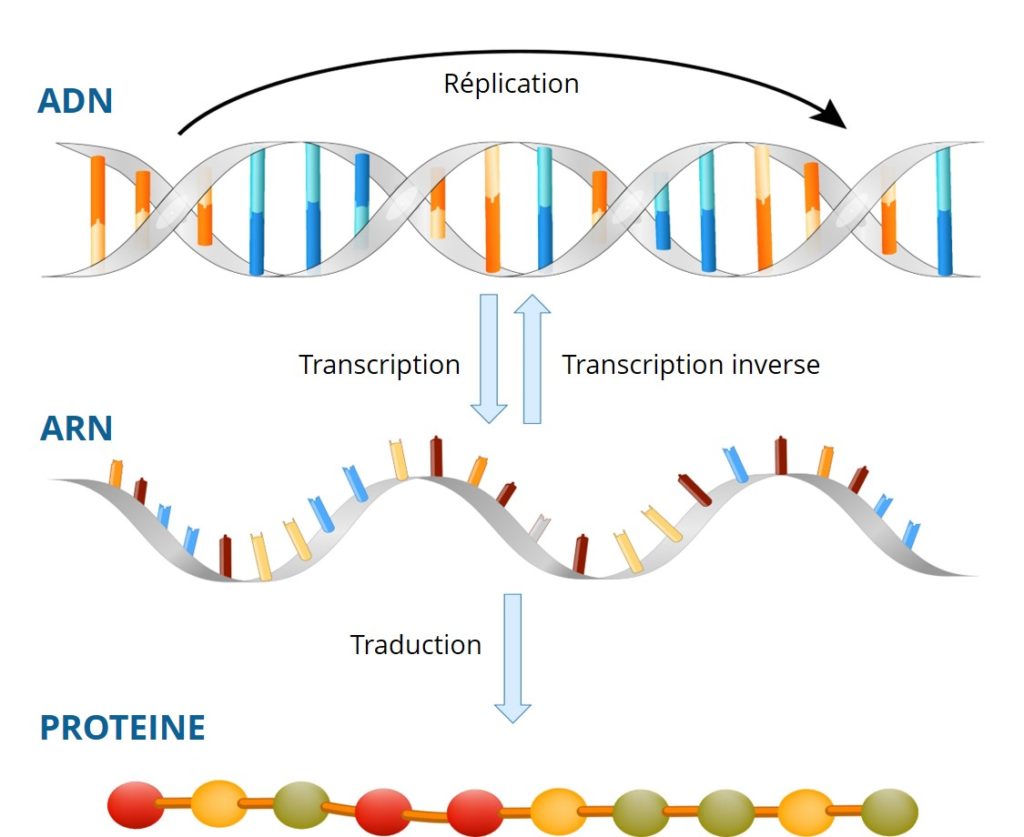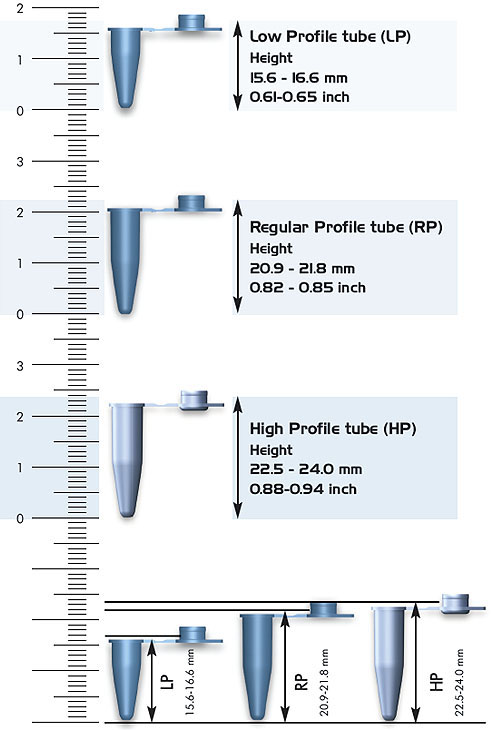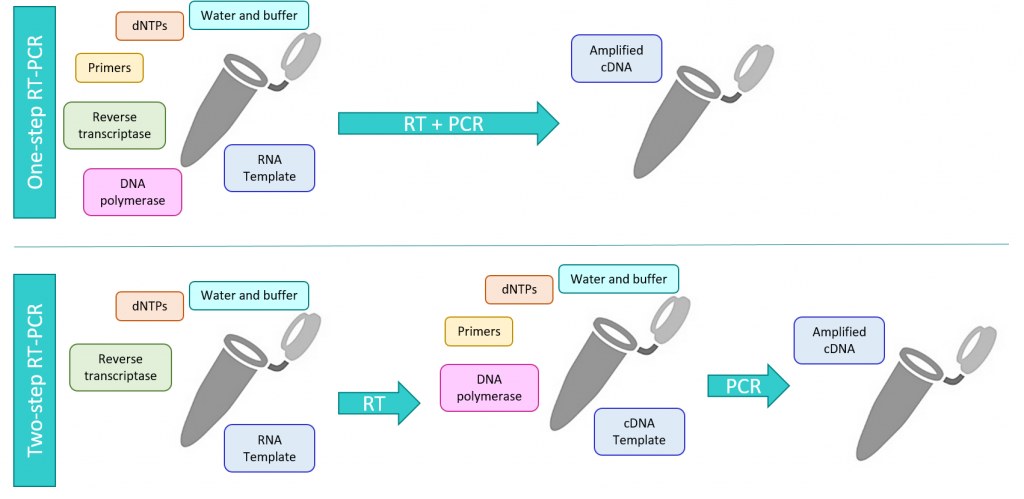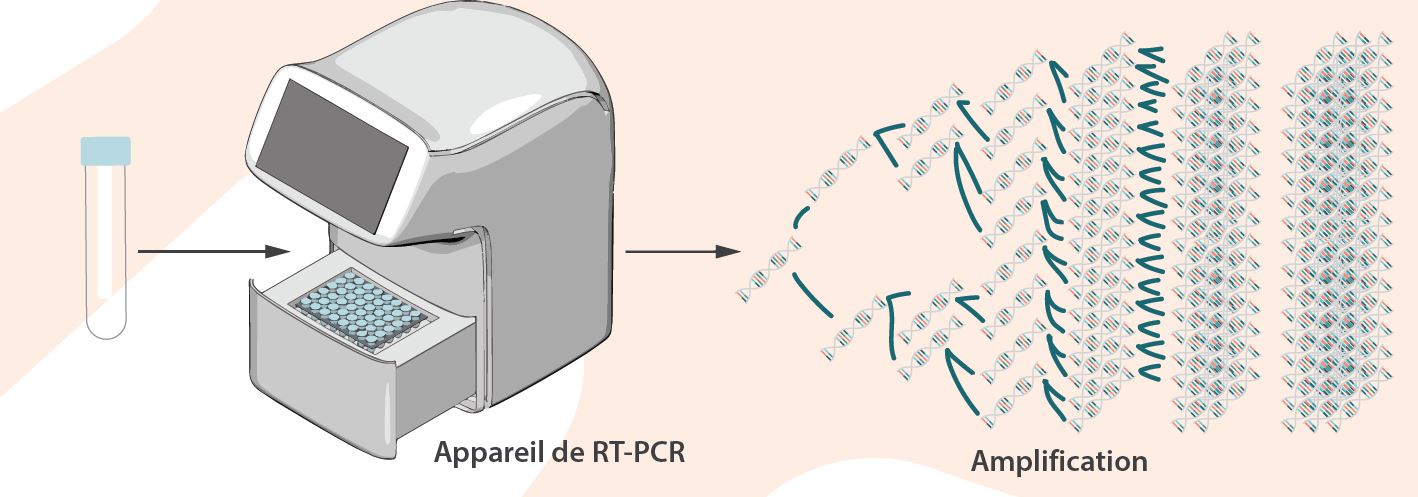What is Unique About the Design of PCR Tubes ?
PCR tubes are an essential part of the Polymerase Chain Reaction (PCR) process. Used for amplifying DNA in laboratories worldwide, these reaction tubes are designed to withstand the high temperatures and chemical conditions required for PCR reactions. But what is it that makes PCR tubes so unique, and how does the design contribute to the accuracy and efficiency of PCR experiments?
Let’s dive into the key features of PCR tubes and explore what makes them crucial for achieving optimal results in molecular biology research.
Understanding the Design of PCR Tubes
1. Material and Durability
- PCR tubes are typically made from high-quality polypropylene, which is known for its thermal stability and chemical resistance. These materials ensure that PCR reaction tubes can endure the high heat cycles used in the PCR process without degrading or contaminating the sample.
- Polypropylene ensures strong resistance to high temperatures, often up to 100°C or more, which is vital for the denaturation step of the PCR process.
- The tubes are engineered to remain stable, avoiding the risk of melting or distortion during the repetitive temperature changes involved in denaturation, annealing, and extension.
2. Precision Fit and Cap Design
- One of the unique aspects of PCR tube design is the fit of the cap. Proper sealing of the PCR tubes is crucial to prevent evaporation during the reaction. Most PCR reaction tubes come with an attached or snap-on cap that ensures an airtight seal, preventing sample loss and contamination during the amplification process.
- Low evaporation rates: Ensures that the sample volume remains constant throughout the reaction, which is critical for obtaining consistent and accurate results.
- Tight-fitting caps: Minimize the risk of contamination from external sources, ensuring the purity of the sample.
3. Conical Base and Volume Range
- The conical bottom of PCR tubes allows for efficient mixing and easy handling of the sample. The design ensures that the reaction components remain concentrated at the bottom of the tube, which helps with even mixing and optimal PCR amplification.
- Additionally, PCR tubes come in various volumes to suit different experimental needs. Whether you're using standard 0.2mL PCR tubes or smaller 0.1mL reaction tubes, the variety of sizes ensures flexibility for both small-scale and large-scale PCR experiments.
Exploring the Marvels of PCR Tubes: A Deep Dive into a Vital Lab Essential
Introduction
Polymerase Chain Reaction (PCR) tubes may appear as simple, tiny vessels in the realm of molecular biology, but their significance in modern laboratory practices is profound. These small, cylindrical tubes play a pivotal role in the groundbreaking PCR technique, a cornerstone in genetic research and diagnostics. In this article, we will delve into the world of PCR tubes, unraveling their composition, design, and critical role in amplifying DNA.
Understanding PCR Tubes:
- Material Composition: PCR tubes are typically made from polypropylene, a material chosen for its thermal stability, chemical resistance, and low binding properties. This ensures that the PCR reaction occurs without interference from the tube itself.
- Thin-Walled Design: The walls of PCR tubes are thin to facilitate rapid and efficient heat transfer during thermal cycling. This is crucial for the denaturation, annealing, and extension steps of the PCR process.
- Cap Design: The caps of PCR tubes are designed to provide a secure yet easy-to-open seal. Some tubes feature flat caps for optimal heat transfer, while others have domed caps to accommodate reaction components and prevent spillage during thermal cycling.
The Role of PCR Tubes in the PCR Process:
- Denaturation: During the denaturation step, the PCR tube must withstand high temperatures (typically around 94-98°C). The thin-walled design of PCR tubes ensures efficient heat transfer, allowing the DNA to denature quickly and completely.
- Annealing: The annealing step involves lowering the temperature to allow primers to bind to the complementary sequences on the DNA template. PCR tubes must maintain a uniform temperature for precise primer annealing, ensuring specific and accurate DNA amplification.
- Extension: In the extension step, DNA polymerase synthesizes new DNA strands. The PCR tube must again endure elevated temperatures while enabling efficient heat transfer to support this critical phase of the reaction.
Applications of PCR Tubes:
- Molecular Biology Research: PCR tubes are indispensable in molecular biology research for tasks such as gene expression analysis, mutation detection, and DNA cloning.
- Clinical Diagnostics: In diagnostic laboratories, PCR tubes are used for the detection of pathogens, genetic disorders, and forensic analysis. The sensitivity and specificity of PCR rely heavily on the quality and design of these tubes.
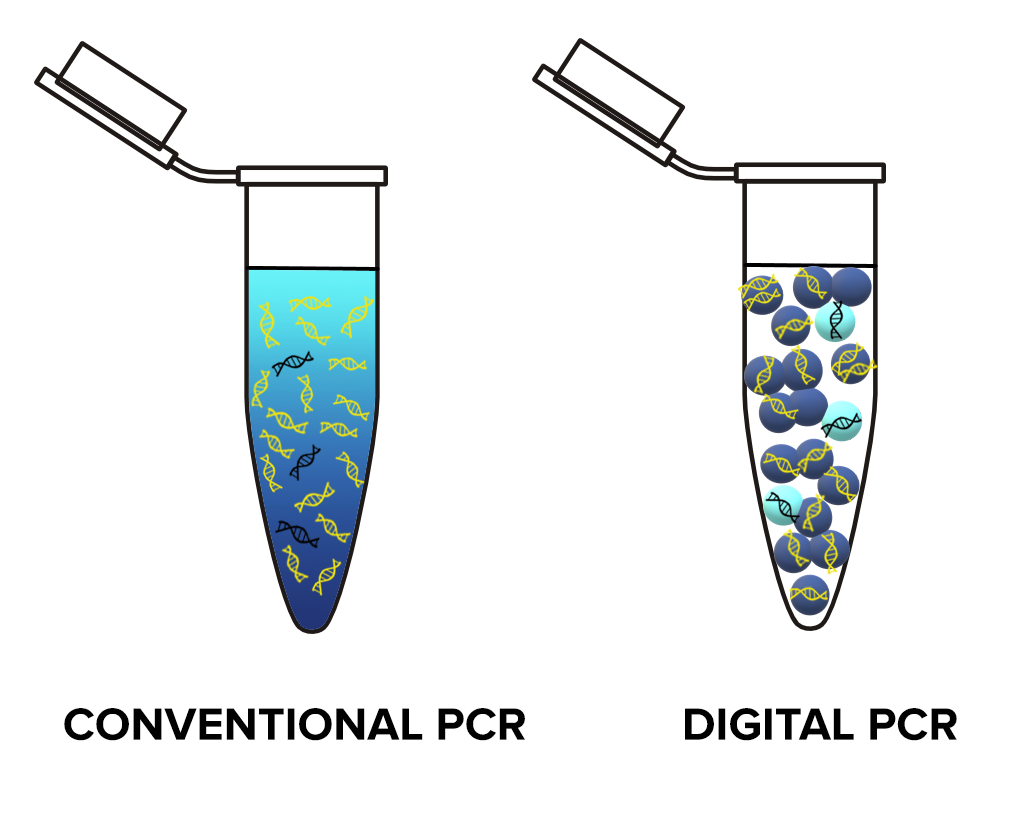
Conclusion
In conclusion, PCR tubes may seem like modest components in the laboratory toolkit, but their role in the polymerase chain reaction is monumental. The design, material, and precision of these tubes are crucial factors in the success of PCR experiments, making them a fundamental element in genetic research, diagnostics, and advancements in biotechnology. As technology continues to evolve, so too will the innovations in PCR tube design, pushing the boundaries of what is possible in molecular biology.
PCR Tubes: Essential Tools for Amplifying DNA
PCR tubes are small, plastic tubes specifically designed for polymerase chain reaction (PCR). They are essential tools in various research fields, including molecular biology, genetics, forensics, and medical diagnostics.
What are PCR tubes used for?
- Amplification of DNA: PCR tubes are used to hold the reaction mixture containing DNA template, primers, nucleotides, and polymerase enzyme. The tubes are placed in a thermocycler, which rapidly cycles through different temperatures to amplify the target DNA sequence.
- Sample storage: PCR tubes can also be used to store DNA samples for long periods. They are tightly sealed to prevent contamination and evaporation.
- Sample dilution: PCR tubes can be used to prepare dilutions of DNA samples for use in various downstream applications.
Features of PCR tubes:
- Material: PCR tubes are typically made of polypropylene, a durable and chemically resistant material.
- Volume: Standard PCR tubes have a volume of 0.2 mL, but tubes with other volumes (e.g., 0.5 mL, 1.5 mL) are also available.
- Shape: PCR tubes are conical in shape, which allows for efficient mixing of the reaction mixture.
- Caps: PCR tubes are capped to prevent contamination and evaporation. Domed caps are often used to minimize condensation.
- Strips: PCR tubes are often attached together in strips of 8 or 12 tubes. This makes them easier to handle and transport.
- Barcodes: Some PCR tubes have barcodes printed on them. This allows for automated identification and tracking of samples.
Types of PCR tubes:
- Skirted PCR tubes: These tubes have a flat edge that allows them to stand upright in a rack.
- Low-profile PCR tubes: These tubes have a thinner wall thickness, which allows for faster heat transfer and improved thermal cycling efficiency.
- Semi-skirted PCR tubes: These tubes have a partial skirt that allows them to stand upright in a rack but also allows for easier handling.
- Graduated PCR tubes: These tubes have markings that indicate the volume of the reaction mixture.
Choosing the right PCR tubes:
The type of PCR tubes you choose will depend on your specific needs. Some factors to consider include:
- Volume of your reaction mixture
- Need for fast heat transfer
- Ease of handling
- Need for barcoding
Additional tips for using PCR tubes:
- Always handle PCR tubes with sterile gloves to prevent contamination.
- Centrifuge PCR tubes briefly before opening them to collect the reaction mixture at the bottom of the tube.
- Store PCR tubes in a cool, dark place to protect the DNA from degradation.
Benefits of using PCR tubes:
- Accurate and reliable results: PCR tubes are designed to provide optimal conditions for PCR reactions, leading to accurate and reliable results.
- Ease of use: PCR tubes are easy to use and handle, even for non-experts.
- Cost-effective: PCR tubes are a cost-effective way to carry out PCR reactions.
- Versatility: PCR tubes can be used for a variety of applications, making them a valuable tool for any research laboratory.
By choosing the right PCR tubes for your needs, you can ensure that your PCR reactions are successful and that your research is on track.
Advances in PCR Tube Technology:
- Optical Properties: Some PCR tubes are now designed with enhanced optical clarity, allowing for real-time PCR (qPCR) applications. These tubes enable researchers to monitor the amplification process in real-time, providing valuable insights into the kinetics of the reaction.
- Gradient PCR Tubes: To optimize temperature uniformity across multiple samples, gradient PCR tubes are designed with a temperature gradient along the length of the tube. This is particularly useful when experimenting with varying annealing temperatures to identify the optimal conditions for a specific PCR assay.
- Cap Strip Technology: Modern PCR tube caps may come equipped with cap strips, making it easier to handle and process multiple tubes simultaneously. This technology facilitates high-throughput PCR experiments and minimizes the risk of contamination during sample handling.
- Specialized PCR Tubes: PCR tubes are available in various formats, including low-profile tubes for reduced sample volume requirements and skirted tubes for compatibility with automated PCR systems. These specialized formats cater to the diverse needs of different research and diagnostic applications.
Best Practices for Handling PCR Tubes:
- Aseptic Techniques: To prevent contamination, researchers should follow stringent aseptic techniques during the handling and loading of samples into PCR tubes. This includes the use of sterile pipettes, work in laminar flow hoods, and regular decontamination of work surfaces.
- Proper Storage: PCR tubes should be stored in a cool and dry environment to maintain their structural integrity and prevent degradation. Exposure to UV light should be minimized, as some tubes are sensitive to UV radiation.
- Avoiding Cross-Contamination: Careful attention should be given to pipetting techniques to prevent cross-contamination between samples. Disposable tips and separate workstations for sample preparation and PCR setup are recommended to ensure reliable results.
- Quality Assurance: Regularly inspect PCR tubes for any signs of damage or wear. Tubes with compromised integrity can lead to inaccurate results. Quality assurance measures, such as routine testing with control samples, should be implemented to validate the performance of PCR tubes.
Future Trends and Innovations:
- Biodegradable PCR Tubes: With a growing emphasis on sustainable practices, there is ongoing research into the development of biodegradable PCR tubes. These tubes aim to reduce the environmental impact of laboratory consumables.
- Integrated Sample Processing: Future PCR tubes may incorporate integrated sample processing features, streamlining workflows and reducing the need for additional equipment. This could include built-in purification and extraction technologies.
- Smart PCR Tubes: Advancements in sensor technology may give rise to smart PCR tubes capable of real-time data transmission and monitoring. These tubes could provide researchers with instant feedback on reaction kinetics, temperature profiles, and overall experimental progress.
In summary, PCR tubes have evolved significantly since their inception, driven by the need for improved performance, precision, and efficiency in molecular biology applications. As technology continues to advance, researchers can anticipate further innovations in PCR tube design and functionality, contributing to the continued success of PCR-based techniques in various scientific disciplines.
Overcoming Challenges in PCR Tube Technology
- Inhibitor Resistance: PCR tubes are constantly evolving to resist inhibitors that may be present in complex biological samples. Innovations in tube materials and surface treatments aim to mitigate the impact of substances that could hinder the PCR reaction, ensuring reliable amplification even in challenging sample types.
- Reducing Evaporation: Evaporation can be a concern during long PCR runs or in low-volume reactions. Manufacturers are developing PCR tube caps with improved seals and materials that minimize evaporation, ensuring the stability of reaction conditions throughout the entire cycling process.
- Enhanced Thermal Stability: Advances in polymer technology are focused on creating PCR tubes with enhanced thermal stability. This allows for the development of tubes that can withstand extreme temperature variations, improving the reliability and reproducibility of PCR reactions.
PCR Tube Accessories and Complementary Technologies:
- PCR Tube Racks: PCR tube racks play a crucial role in organizing and securing tubes during PCR experiments. Designs now include features such as alphanumeric labeling, color-coding, and customization options to facilitate efficient sample management.
- Capping and Decapping Devices: Automated capping and decapping devices are becoming popular, especially in high-throughput laboratories. These devices streamline the workflow, reducing the risk of manual errors and improving overall efficiency in sample processing.
- PCR Tube Printers: To enhance sample traceability, some labs use PCR tube printers that can directly print barcodes, labels, or sample information onto the PCR tubes. This helps in error reduction, sample tracking, and maintaining data integrity.
Troubleshooting PCR Reactions:
- Primer Design and Quality: Poor primer design can lead to non-specific amplification or no amplification at all. Ensuring the use of high-quality primers and optimizing their concentration is crucial for successful PCR reactions.
- Contamination Control: Contamination can compromise PCR results. Lab protocols should include measures to prevent contamination, such as the use of separate workstations, dedicated equipment, and routine decontamination procedures.
- Optimizing PCR Conditions: PCR conditions must be optimized for each specific assay. Factors such as annealing temperature, extension time, and the concentration of reaction components should be systematically tested to achieve the best results.
PCR Tube Best Practices in Diagnostics:
- Point-of-Care Testing: PCR tubes are integral to point-of-care diagnostic applications. Miniaturized and portable PCR systems are becoming more prevalent, enabling rapid and on-site detection of pathogens or genetic markers.
- Multiplexing: Advances in PCR tube technology support multiplex PCR, allowing the simultaneous amplification of multiple target sequences in a single reaction. This is particularly valuable in diagnostic settings where comprehensive testing is essential.
- Digital PCR: PCR tubes are a key component in digital PCR systems, which enable the absolute quantification of nucleic acids. This technology is gaining traction in diagnostics for its precision and sensitivity in detecting rare genetic variants.
Conclusion
PCR tubes are not just vessels for DNA amplification; they are dynamic components that continue to evolve alongside advancements in molecular biology and diagnostic technologies. From overcoming challenges in reaction conditions to integrating smart features, PCR tubes are at the forefront of innovation, driving progress in scientific research and medical diagnostics. As we look toward the future, the trajectory of PCR tube development promises even greater efficiency, accuracy, and sustainability in laboratory practices.
Why Choose High-Quality PCR Tubes for Your Research ?
When selecting PCR tubes for your experiments, it’s important to consider factors such as material durability, sealing capability, and tube volume to achieve optimal results. High-quality PCR tubes are designed to enhance the precision of DNA amplification and to ensure that your PCR reaction runs smoothly without sample loss or contamination.
Here’s why you should choose our high-quality PCR tubes :
- Reliability: We provide PCR tubes that ensure consistent results, with minimal evaporation and secure seals for your PCR reactions.
- Wide Compatibility: Our reaction tubes are compatible with a variety of thermal cyclers, ensuring flexibility in different laboratory setups.
- Optimal Performance: With precise design and quality material, our PCR tubes are built to maintain the integrity of your DNA during amplification.
What Sets Our PCR Tubes Apart?
Our PCR tubes feature an enhanced design to improve the accuracy, efficiency, and consistency of your PCR experiments. With easy-to-read markings, a durable construction, and superior sealing, these tubes are a reliable choice for researchers and labs that require dependable results every time.
- Precision-engineered for optimal thermal conductivity and sample containment.
- Sterilized packaging to ensure contamination-free use.
The Importance of Choosing the Right PCR Tube
The design of PCR tubes plays a critical role in the success of DNA amplification. With features like precise sealing, conical bases, and high-quality materials, these tubes help ensure that PCR reactions proceed without issues, leading to reliable and reproducible results. Whether you're working with standard PCR, quantitative PCR (qPCR), or genetic analysis, our PCR reaction tubes are designed to meet the highest standards for performance and accuracy.
